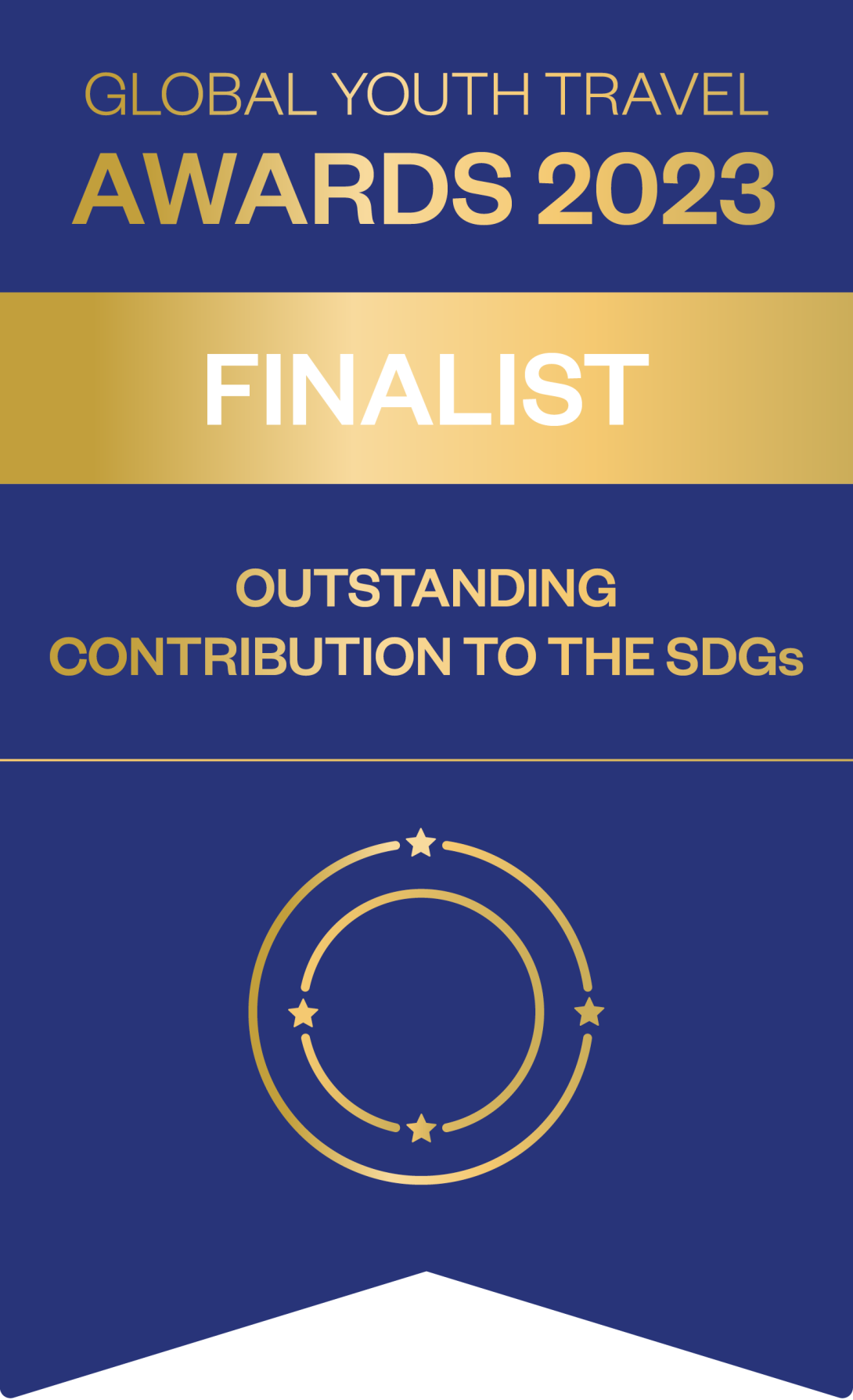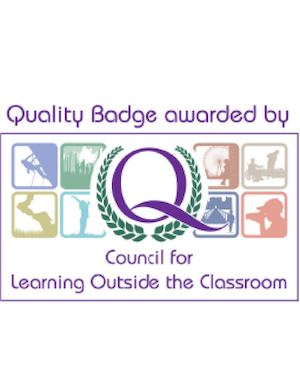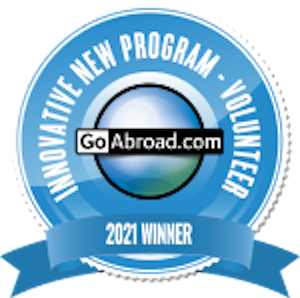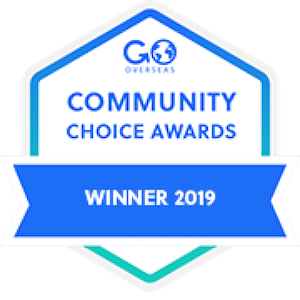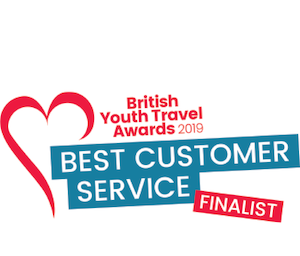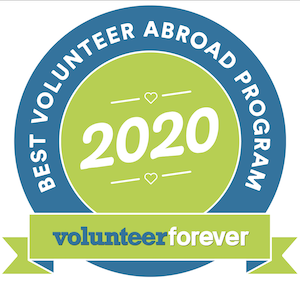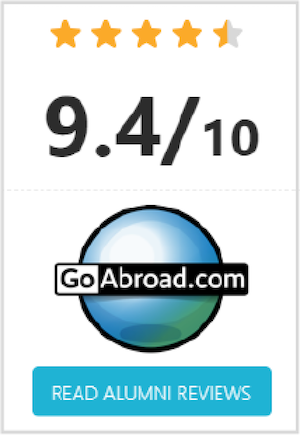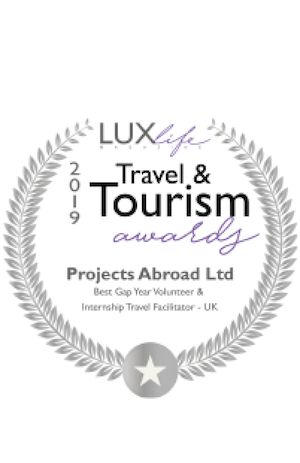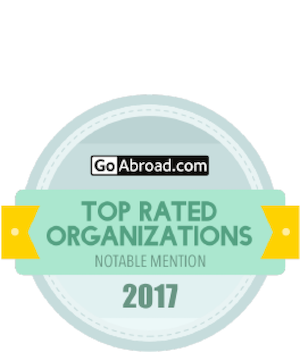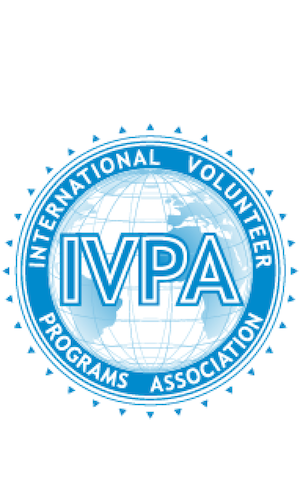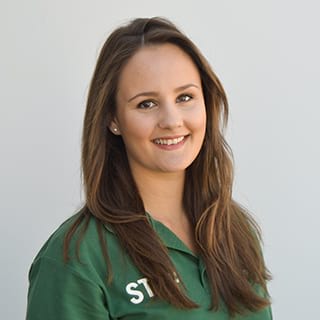Since second grade, I have known that I would spend a semester abroad during college. Where, I had no idea and it didn’t really matter because I wanted to go everywhere! Finally, when I was ready to decide which study abroad programme I wanted to go on, I was stumped as nothing looked quite right for me. Eventually, I figured out that I could take a semester off of school and still graduate on time. This enabled me to look for a volunteer programme instead of a programme where I would be taking classes.
I was now able to travel to Central or South America without knowing any Spanish. Some volunteer programmes that I looked at required Spanish, did not have host family stays, or did not have sufficient in-country support during the project. Projects Abroad was perfect for me as it allowed me to volunteer with the abilities I had and so I finally decided on Peru, because the projects were located in small towns and it sounded like an all-around great programme.
Arriving in Peru
In early September 2012, I got to Peru knowing only a handful of Spanish words and I wasn’t sure what to expect. When I arrived in Cusco, a smiling staff member from the Projects Abroad office was there to pick me up. I was shocked by the beauty of the mountains surrounding me and enjoyed the views as we took the hour-long drive down the windy mountain roads into Pisac, where my host family lived. She introduced me to my host parents and helped translate. I was shown my room and I took a nap before lunch. Although the first day was overwhelming, I felt at home almost immediately because of my loving family.
Another volunteer was also staying in the house with me and we quickly became friends. It was nice to have her there because we were able to travel together, which we did a lot – there are so many amazing Incan ruins to see in the Sacred Valley.
For the first two weeks of my almost four months in Peru, I took private Spanish classes from a Projects Abroad teacher for three hours a day, which helped improve my Spanish. I started my Childcare placement after the two weeks and continued taking another 60-hours of Spanish classes. Between the classes and communicating with my family who spoke no English, my Spanish improved more than I ever thought possible.
The Childcare Project
Working at the kindergarten in San Salvador, a 10-minute drive from Pisac by collectivo (shared taxi), is almost impossible to sum up. I loved and struggled with it, but would not trade it for any other experience in the world.
There were 18 five-year-old's in my classroom. The teacher spent the days lecturing the class and having the students do colouring pages. My favourite days at the kindergarten were when I had the opportunity to introduce art projects or other activities. I made fruit salad with the children, taught them to brush their teeth (many of them had never held a toothbrush before), and read to them. The classroom did not have any books when I arrived in September, but I brought a few children’s books in Spanish and the kids loved the stories and the pictures. The activities I introduced broke up the everyday routine and the children loved the new projects that I brought in, because it was something different.
In addition to bringing in new activities, I was able to give the students individual attention and help. I supported the students in everything they did. Many days, the teacher did not show up for school, so I was the teacher! At first this was scary because I did not know Spanish, but stumbling over words and even creating some new words helped me learn and progress as a teacher and Spanish speaker. By the end of my three months in the kindergarten, I was able to teach the full class, in Spanish, by myself, while using my own ideas for activities.
My Birthday
My favourite story during my time at the Childcare Project was when I celebrated my birthday with my students. A couple days before my birthday, I went to a local bakery and ordered a cake that I was supposed to pick up the morning of my birthday. When I went to the bakery that morning, they had totally forgotten to make the cake. Since I looked so upset, they told me that they would quickly make me the cake and it would be ready in 30 minutes. Of course they were on Peruvian time, so the cake was not actually ready until an hour and a half later. I arrived to school late, but as soon as I walked into my classroom, I was swarmed by my 18 children all giving me birthday hugs and shouting “feliz cumpleanos.” One girl gave me a present (a picture frame) and my teacher, Vanessa, gave me a card that she had written a nice note in and had all the children sign. The kids were very excited about my birthday and that there would be cake. To Vanessa and my surprise, several children had brought in food for the party.
On the Monday, Vanessa told the children that my birthday was the next day and that we might have a party, but did not ask them to bring anything in. One child brought in a garbage bag full of popcorn, another brought soda, and someone else brought animal crackers and chips. I thought that it would just be a normal day at school with an added bonus of my class singing happy birthday to me and then I would serve them cake. I was wrong! After the kids had lunch at 11:00, we moved all of the tables around the walls of the room and brought in more chairs. Then all of the kids and teachers from the other two classrooms came into my classroom to join in the party. First, each class danced for me. This consisted of a video of traditional dances and music being played on the TV, while the kids stared at the TV and copied the dance steps. It was adorable.
Afterwards we passed around chips and popcorn and all of the kids danced together. They sang “Happy Birthday,” I blew out my birthday candle and it is tradition for the birthday person to take a bite out of the cake before it is cut, so I did to the cheering of the children as the principal pushed my face further into the cake! After, a few kids stood up and told me to have a good day and then Vanessa gave me a nice speech about how glad she was to have me in the class and to have a wonderful birthday. I was glad that I bought a big cake. I thought that it would be for just 20 people, but we ended up being able to serve 45 people. The party lasted the rest of the day and at 1:00 it was time to go home. It was such fun and unexpected to have this celebration and I will never forget it.
In addition to my time in Pisac, I also spent a week on the Conservation project near Puerto Maldonado in the Amazon. This was a great experience because I was able to get to know a different part of Peru while continuing to volunteer. During the week, I met volunteers from around the world, fed animals, including monkeys, parrots, turtles, a jaguar, cleaned the pools for the tapirs and peccaries, bird watched, and was part of a special bat research project, among many other projects. It was a busy and fulfilling week.
My time in Peru was amazing. My favourite part about it was living with my host family. The family really made me feel like I was wanted there. They included me in family birthday parties and celebrations and my host mother even introduced me to others as her daughter. From my family, I was able to learn about the culture and experience a new and different way of life. I am still in touch with the family now that I am home.

Are you interested in joining this project?
If so, one of our experts can help.
Contact Us on:
This review may include references to working in or with orphanages. Find out more about Projects Abroad's current approach to volunteering in orphanages and our focus on community-based care for children.
This is a personal account of one volunteer’s experience on the project and is a snapshot in time. Your experience may be different, as our projects are constantly adapting to local needs and building on accomplishments. Seasonal weather changes can also have a big impact. To find out more about what you can expect from this project we encourage you to speak to one of our friendly staff.
Our accreditations


